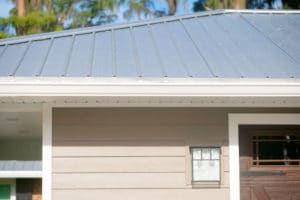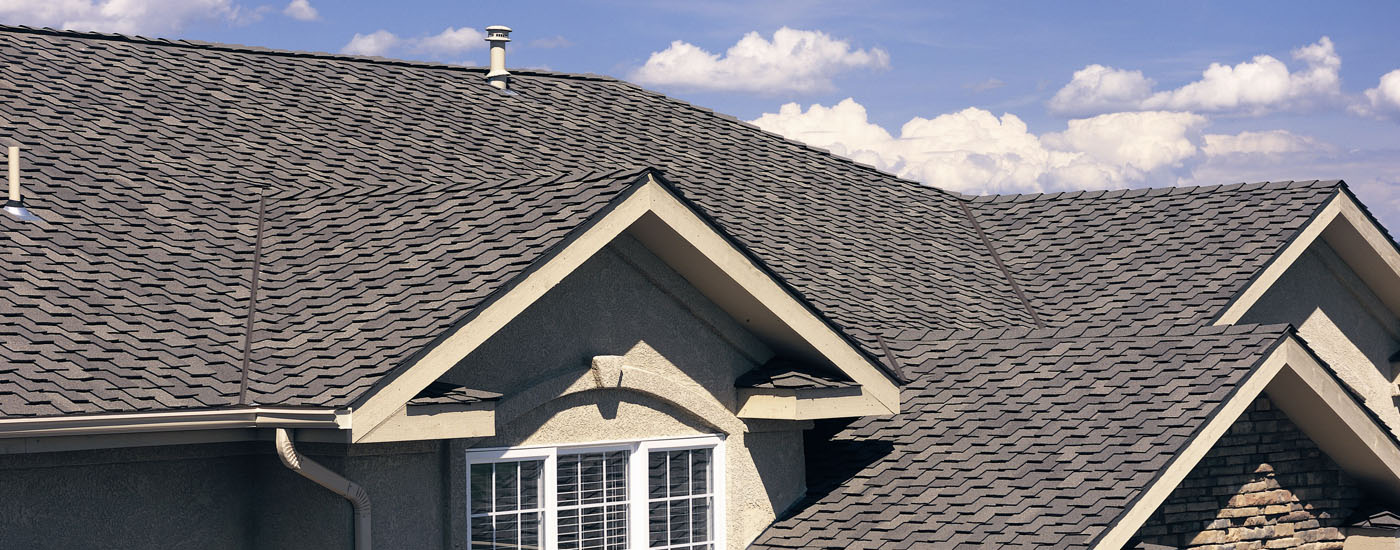Energy-Efficient Roofs
Looking to make your home more efficient? Not only will you be helping the environment, but you’ll also save a ton of money every month. Read on to find out how the qualified roofing contractors of McFall Residential Roofing can help you to get the most out of your home.
Energy-Efficient Roofing Products
Overall, homes and roofs built by McFall Builders, Inc. are typically up to 30% more efficient than regular homes. Energy-efficient improvements include:
- Appliances and lighting that’s Energy Star qualified
- Energy-efficient roofing
- Efficient cooling and heating equipment
- High-efficiency windows
- Insulation systems
- Tight construction, including ducts
What type of energy-efficient roofing products and options does McFall Residential Roofing offer? Many! Some of them include:
- Tech shield radiant barrier plywood
- Expanding spray foam
- Light reflective color shingles
- Highly reflective metal roofing panels
- Blown-in cellulose or fiberglass insulation
- Highly reflective colors of latex coatings

Spray Foam Roofs
Spray foam roofs are sustainable siliconized roof coating that can last up to 30 years or even longer! With the right care and maintenance, spray polyurethane foam roofing will lower your utility bills and last for over three decades. A homeowner can expect to see a significant reduction in their monthly utility bill by investing in spray foam roofs. This type of roofing is applied above the deck of the roof and eliminates thermal bridging. Typically, this roofing is coating with a reflective coating in a light color.
Cool Roof Coating
Cool roof coating is an excellent alternative to roof replacement. This type of coating prevents rust and leaks while costing half as much as it would to completely replace the roof. Also, the work doesn’t produce any harmful vapors and it doesn’t disrupt your normal, daily operations. Your roof will also be cooled, which lowers the amount of heat that’s transferred to the building and protects the roof from UV rays.





